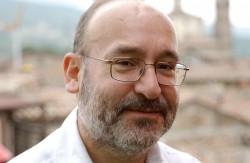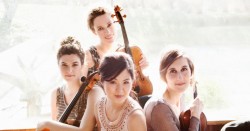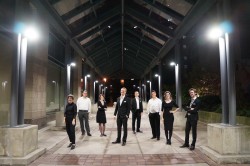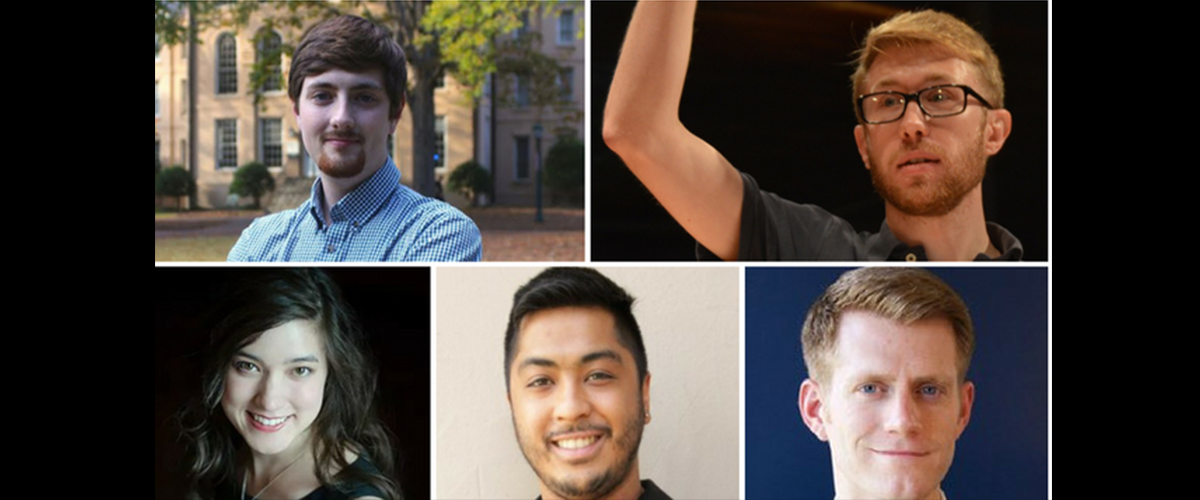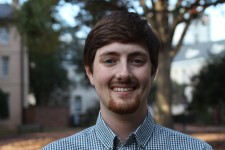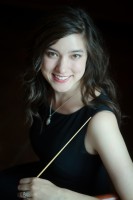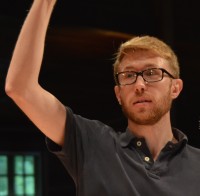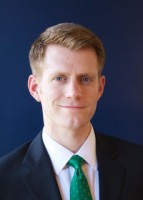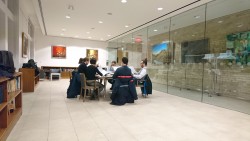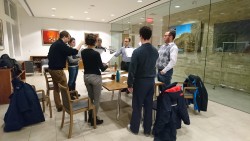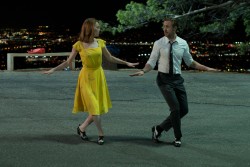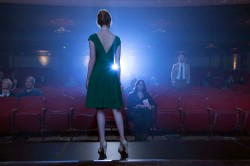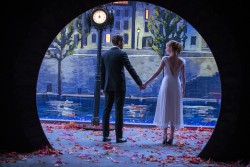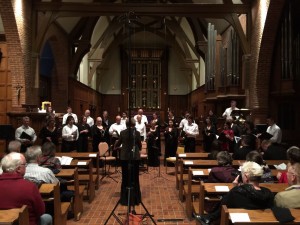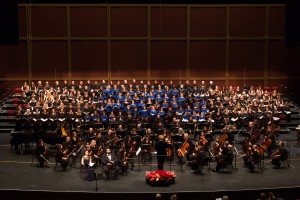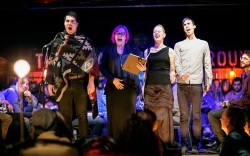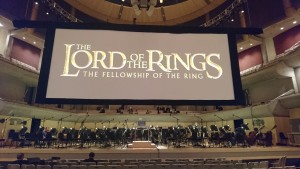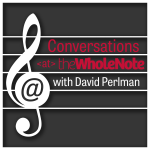Concert Report: The Estonian Philharmonic Chamber Choir, Powerfully in Command
![]()
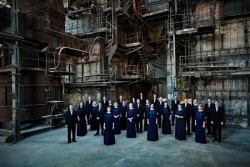 The Estonian Philharmonic Chamber Choir displayed the most unusual strength and control, in a commanding performance February 2 at St. Paul’s Basilica under conductor Kaspars Putniņš. As part of the Soundstreams mainstage series, this marks the fifth time the choir has made an appearance in Toronto. Soundstreams continues to provide top-tier musical experiences and a grand stage for new Canadian works.
The Estonian Philharmonic Chamber Choir displayed the most unusual strength and control, in a commanding performance February 2 at St. Paul’s Basilica under conductor Kaspars Putniņš. As part of the Soundstreams mainstage series, this marks the fifth time the choir has made an appearance in Toronto. Soundstreams continues to provide top-tier musical experiences and a grand stage for new Canadian works.
The choice of St. Paul’s Basilica was a clever one. For churches in the city, it is one of the most beautiful. In the Roman Catholic canon, only the Pope may bestow the name of ‘basilica’ upon a church. This is done in recognition of an exceptional diocese, beautiful aesthetics, and historical significance. St. Paul’s is resonant and its ceiling cradles sound effortlessly. The choir was magnificent in this queen of Toronto churches.
The choir provided an interesting mix of works by 20th-century Russian Romantics, with Rachmaninoff’s Vespers (from 1915) and Schnittke’s Three Sacred Hymns (written in 1984 but very much in the same style). Naturally, the last chunk of the concert was devoted to the esteemed Estonian composer Arvo Pärt.
The other two key performances at the concert were both world premieres of commissioned works. The first was Three Prayers from the Holy Rosary, written by Riho Esko Maimets, a young Canadian-Estonian composer. Prior to the performance, Maimets explained that he did much searching for the text he wanted to use for this piece. “I spent a lot of time going through classical Estonian poetry...Lawrence [Cherney, Soundstreams artistic director] took me to his synagogue…[and] I spoke with priests from the Russian Orthodox Cathedral,” he said. He eventually settled on the prayers associated with the Holy Rosary of the Roman Catholic tradition.
Maimets’ piece begins so incredibly slow. Only an extremely high calibre choir can deliver an opening with long crescendos and decrescendos set over very few words. The swells demanded over such extended periods of time require a strong, controlled command of one’s voice, and an even more masterful ability to do so with and within an ensemble. The choir proved itself incredibly capable with this feat of endurance.
The second premiere was only a snippet, the last movement of Omar Daniel’s Sõduri Ema. Daniel was certain he wanted to write the piece in Estonian. “[It is] a rare and beautiful language,” he said, continuing that he knew that this concert “had a theme of faith.” To this theme, he added the discovery of Marie Under, “a very famous poet” in Estonia. He chose this particular poem because it speaks of “faith and sacrifice, of something greater than oneself” in the story of a mother seeing her son off to war. The work includes a solo bass and soprano, and is quite bare, stripped and exposed. The piece ultimately leaves me feeling unsettled and gently disturbed. We will have to wait to see a performance of it in full.
There are many things that this choir does exceptionally well, even beyond their strong execution of compositions. It is truly their dynamic control – an even, measured, manually driven, muscle-infused control of the sound – that stands out the most. At their quietest, their loudest and everything in between, the balance and blend is exceptional. Moreover, their voices match vibrato and overtones in an enviable way. And the added treat is the dark vowels of their vocal production. Locally trained musicians do not have that natural darkness and shape to their sound. The brassy shortness of the Toronto accent is literally 6600km away from the warm darkness of the Estonians. This comes through especially warmly with Arvo Pärt’s Dopo La Vittoria, written in Italian.
This year marks a rather special occasion for both Canada and Estonia. Canadians are celebrating 150 years since Confederation in 1867, while Estonians are beginning the first of three years of celebration for the 100th year since they declared independence. The occasion was met at Thursday’s concert with the anthems of both countries, a church-filled Happy Birthday, and two cakes, one for each country.
Soundstreams presented the Estonian Philharmonic Chamber Choir at 8pm on Thursday, February 2, 2017, at St. Paul’s Basilica in Toronto.
Follow Brian on Twitter @bfchang. Send info/media/tips to choralscene@thewholenote.com.


